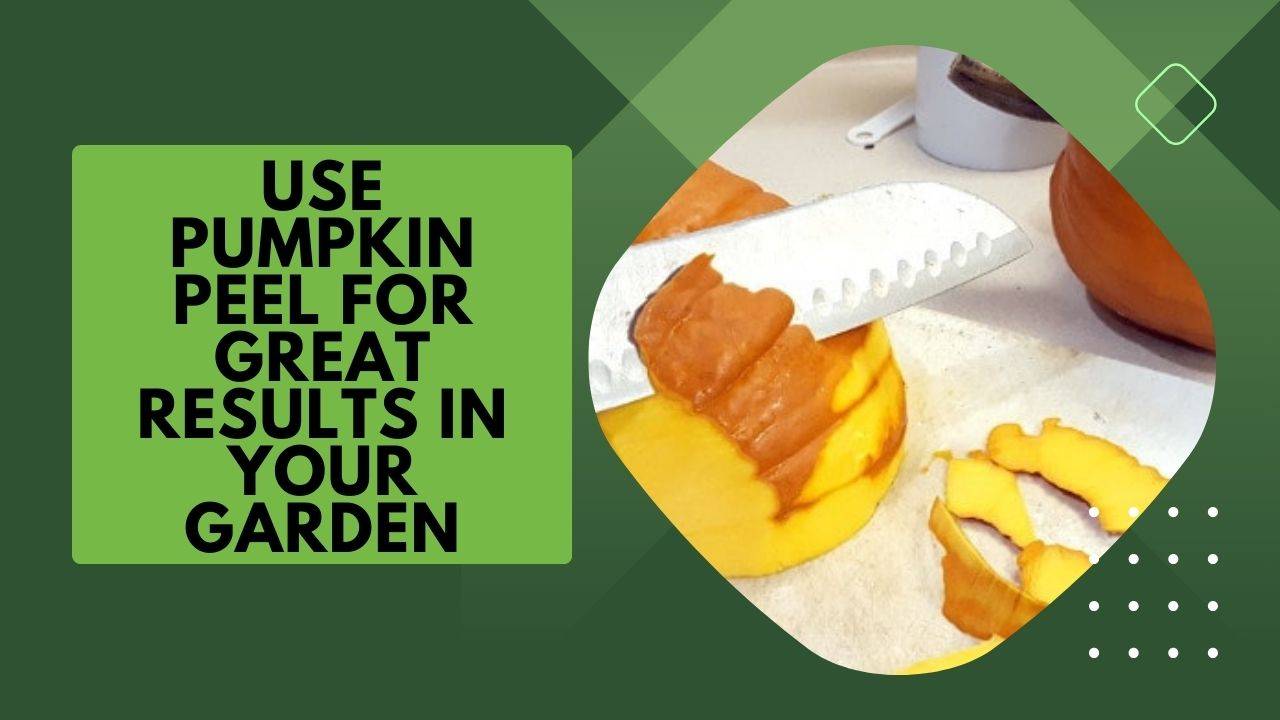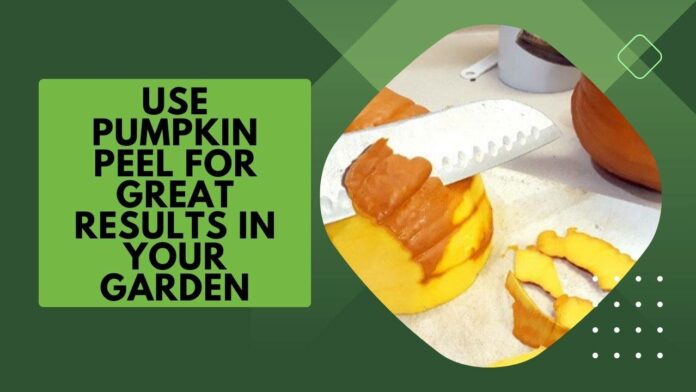
If you recently baked a delicious pumpkin pie and find yourself with a pile of discarded pumpkin peels, don’t be too quick to throw them away. These humble barks can actually work wonders in your garden, providing you with a wealth of benefits you may not have considered.
In this article, we’ll explore different ways to use pumpkin peels to increase the health and productivity of your garden.
-
A potassium-rich fertilizer
Pumpkin peels are a rich source of potassium, containing about 550 milligrams of this essential nutrient per 100 grams. Potassium is vital to plant health because it promotes flower and fruit development, increases drought resistance, and improves overall plant vigor. Here’s how you can harness the power of pumpkin peels for your garden:
– Increase in fruit production: Adding composted pumpkin peels to your garden soil can significantly increase fruit production in plants like tomatoes, peppers, and of course, pumpkins.
– Growing Flowers: Potassium-rich pumpkin peels are great for flowering plants like roses and hibiscus, ensuring an abundance of blooms.
– Application: To speed up the decomposition process, cut the pods into small pieces and use 2-3 handfuls per plant.
-
Root development support
While potassium is the star nutrient, pumpkin seeds also contain phosphorus, another essential element for root growth, at about 20 milligrams per 100 grams. Strong roots are critical for efficient nutrient uptake and plant growth, and pumpkin peels are also valuable in this regard.
– Healthy root system: Pumpkin peels provide a natural source of phosphorus, promoting strong root systems in a variety of plants, including indoor plants, vegetables, annuals and perennials.
– Better nutrients: Strong roots enable plants to absorb essential nutrients more efficiently from the soil.
-
Soil enrichment and conditioning
Pumpkin peels are not only rich in potassium and phosphorus. They also contain other important macro and micronutrients like magnesium. These nutrients play an important role in enriching the soil profile, improving its fertility and enhancing overall plant growth.
– Increase in soil fertility: As the pumpkin peels decompose, they gradually release nutrients, enriching the soil with essential elements.
– Reduction of soil erosion: The organic matter in pumpkin peels helps prevent soil erosion and compaction, ensuring your soil stays healthy and intact.
– Application: Dry the peels in the sun for 1-2 days until they break. After drying, grind them through a blender or food processor, and then apply 2-4 tablespoons per plant every 8-10 weeks.
-
Pest prevention and disease resistance
Beyond their nutritional content, pumpkin peels contain compounds like cucurbitacin, which can act as a natural repellent against certain garden pests. By using pumpkin peels strategically, you can protect your plants from unwanted visitors.
– Protection from insects: Scatter composted pumpkin peels around the base of the plants to deter pests such as aphids, cucumber beetles, and squash bugs.
– Suppression of possible disease: Some gardeners believe that the presence of cucurbitacin compounds in pumpkin peels may lead to disease resistance in nearby plants.
-
Sustainable gardening practices
Using pumpkin peels as garden compost is consistent with sustainable gardening practices. It not only reduces kitchen waste, but also reduces the need for chemical fertilizers, promoting eco-friendliness in your gardening efforts.
– As a mulch: Pumpkin peels, when used as mulch, can help retain soil moisture and prevent weed growth. Spread them thinly over the soil, avoiding direct contact with plant stems to prevent rotting.
– Vermicomposting: Earthworms love pumpkin peels, making them a wonderful addition to a vermicomposting system. This efficient decomposition process produces high-quality worm castings rich in nutrients.
Thus, with their nutrient content, pumpkin peels can become an effective, environmentally friendly and sustainable garden fertilizer. By incorporating these nutrient-dense mulches into your gardening practices, you’re not only enriching your soil, but also enjoying healthier plants, increased yields, and a more environmentally conscious garden.
It’s time to embrace the green gold mine that lies within your kitchen scraps and unlock your garden’s full growth potential.
Happy gardening!
First Published: 06 Oct 2023, 14:12 IST
